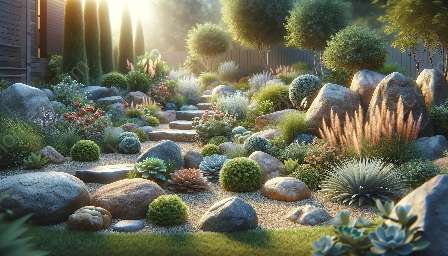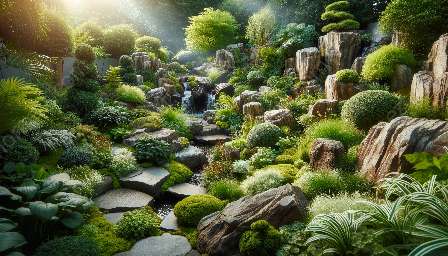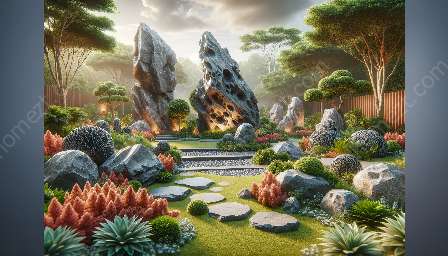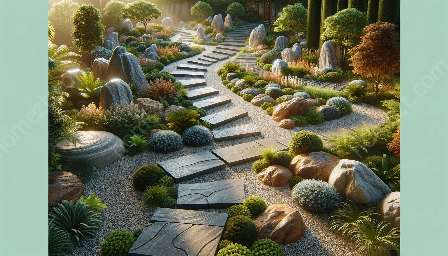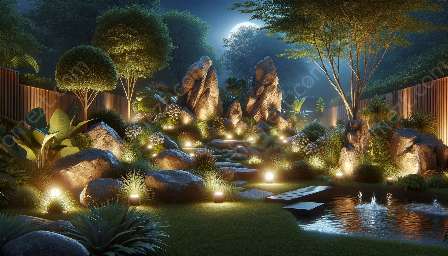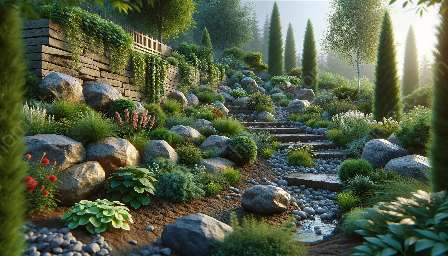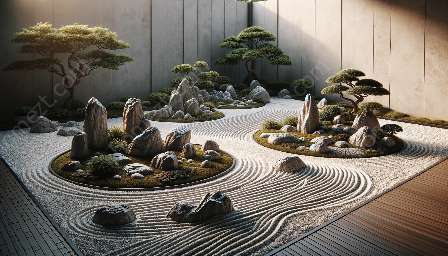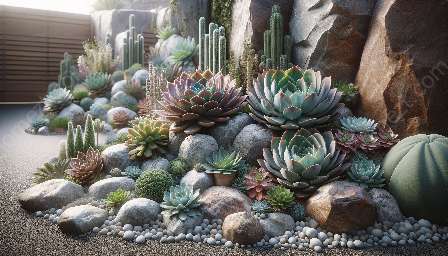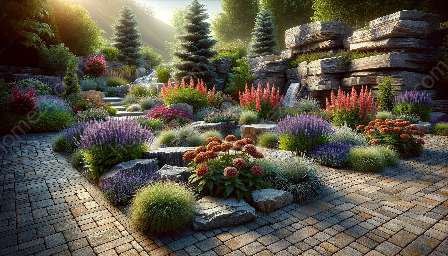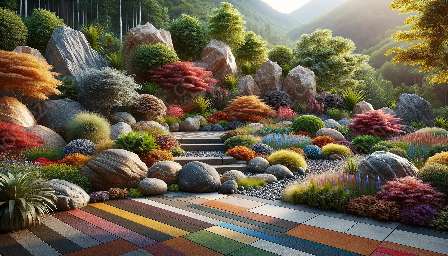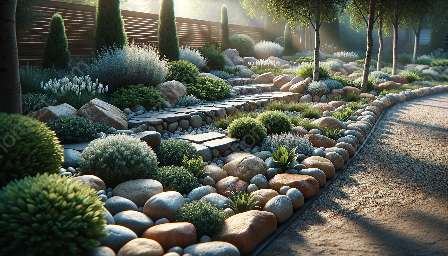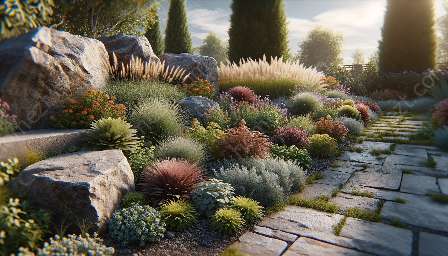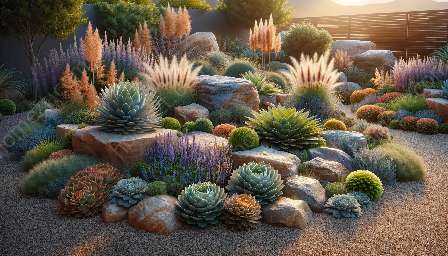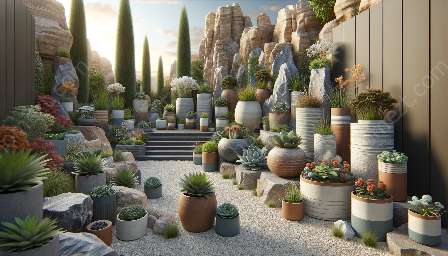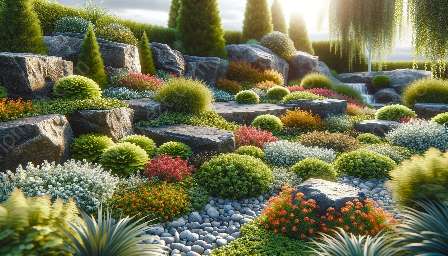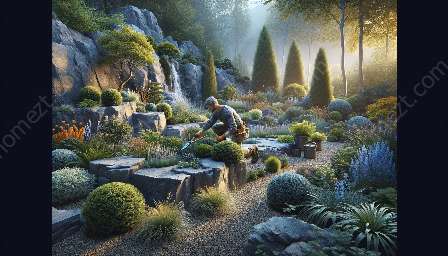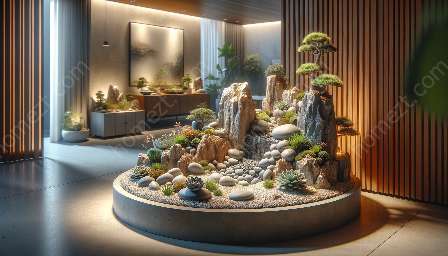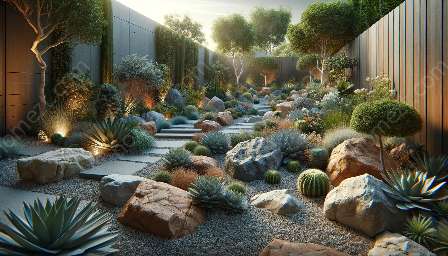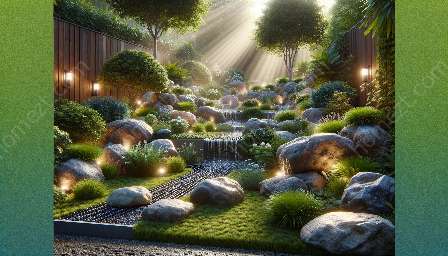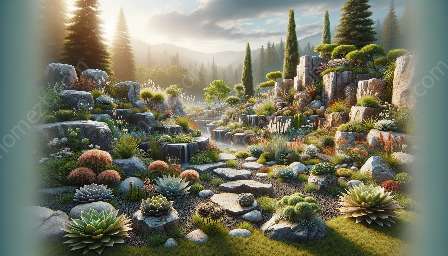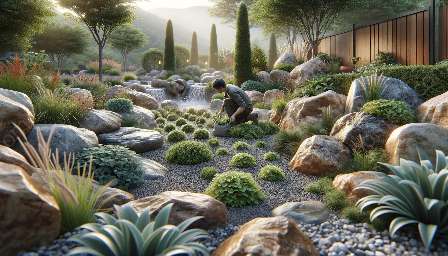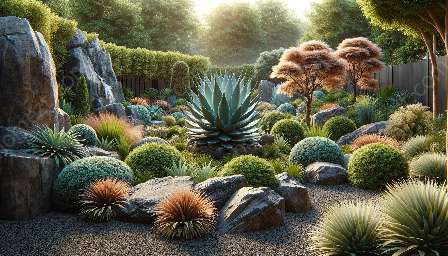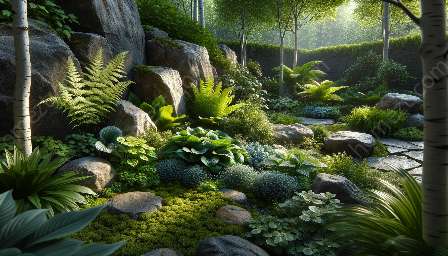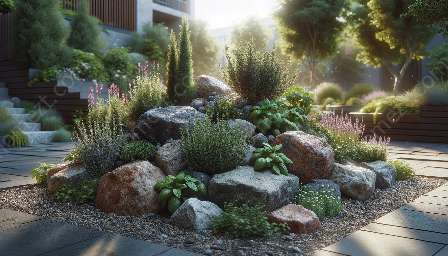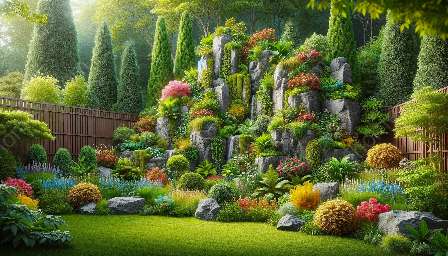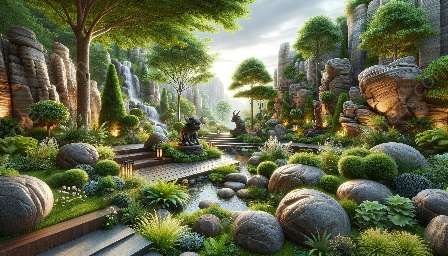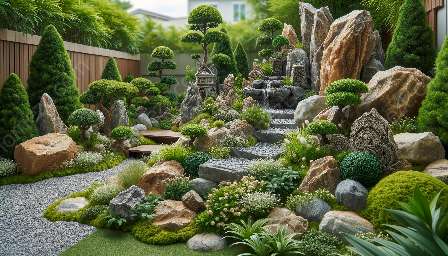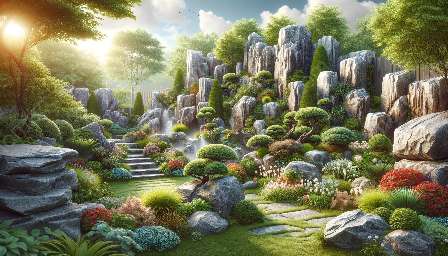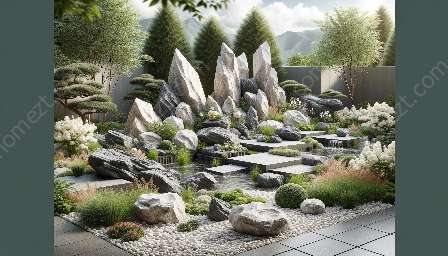Rock gardens are a beautiful and unique addition to any landscape, offering a natural and low-maintenance option for enhancing the beauty of outdoor spaces. One of the key elements that can truly make a rock garden stand out is the clever use of color schemes. By carefully selecting and arranging rocks and plantings with varying hues, you can create a visually stunning and harmonious landscape that will leave a lasting impression.
Understanding Rock Gardens
Before delving into the specifics of rock garden color schemes, it's important to understand the fundamentals of rock gardens. A rock garden, also known as a rockery or alpine garden, is a type of garden that features rocks, stones, and boulders along with drought-tolerant plants, succulents, and alpine species. These gardens are designed to mimic natural landscapes, often inspired by mountainous terrains, and are sought after for their rugged, yet picturesque appeal.
Importance of Color in Rock Gardens
Color plays a vital role in shaping the overall look and feel of a rock garden. With the right color schemes, you can accentuate the textures, shapes, and visual interest of the rocks and plants, creating a dynamic and captivating display. When carefully chosen and thoughtfully arranged, colors can evoke different moods and atmospheres in a rock garden, ranging from serene and calming to vibrant and energetic.
Factors to Consider
When planning the color scheme for a rock garden, several factors should be taken into account to ensure a cohesive and visually appealing result:
- Natural Surroundings: One of the key principles in designing a rock garden is to consider the natural surroundings and landscape. By harmonizing the color scheme with the existing flora, rocks, and soil, the rock garden can seamlessly blend into its environment, creating a more organic and integrated look.
- Contrast and Balance: Contrast and balance are essential in creating an engaging and harmonious composition. Pairing complementary or contrasting colors can draw attention to specific features and add depth and visual interest to the garden.
- Seasonal Variation: Consider how the color scheme will evolve throughout the seasons. Selecting a mix of evergreen and flowering plants can ensure year-round appeal and a changing kaleidoscope of colors.
- Rock Selection: The hues and textures of the rocks themselves should be taken into consideration. Some rocks may exhibit subtle undertones or variations that can influence the overall color scheme.
Types of Rock Garden Color Schemes
There are several approaches to crafting color schemes for rock gardens, each with its own distinctive aesthetic impact. Some popular options include:
- Monochromatic Scheme: A monochromatic scheme uses variations of a single color, creating a sense of harmony and cohesion. This approach can be particularly effective in highlighting the texture and form of rocks and plantings.
- Analogous Scheme: An analogous scheme combines colors that are adjacent to each other on the color wheel, offering a pleasing and natural blend while maintaining a degree of contrast and variety.
- Complementary Scheme: In a complementary scheme, colors from opposite sides of the color wheel are utilized to create a striking contrast, resulting in an eye-catching and dynamic display.
- Triadic Scheme: A triadic scheme involves selecting three colors that are evenly spaced around the color wheel, offering a balanced and visually stimulating combination.
- Seasonal Theme: Embracing the changing seasons, a seasonal theme involves designing the rock garden to showcase different color palettes depending on the time of year, ensuring a dynamic and ever-evolving landscape.
Creating a Harmonious Rock Garden
It's important to approach the selection and arrangement of colors in a rock garden with careful consideration and artistic sensibility. Here are some essential tips for creating a harmonious and visually captivating rock garden:
- Study Natural Landscapes: Take inspiration from natural landscapes and rock formations, observing how colors interact and complement each other in the wild.
- Explore Plant Varieties: Research different plant species and their color palettes to ensure a diverse and visually appealing selection for the rock garden.
- Utilize Focal Points: Introduce focal points or accent plants with vibrant colors to draw attention and create visual interest within the garden.
- Consider Textures: Pay attention to the textures and foliage characteristics of the plants, as this can add depth and dimension to the color scheme.
- Experiment and Adapt: Be open to experimentation and adaptation, as the dynamic nature of plant growth and seasonal changes can inspire new color combinations and arrangements.
Enhancing Landscaping and Gardening with Color
By mastering the art of rock garden color schemes, you can elevate the aesthetics of your landscaping and gardening endeavors. A well-designed and harmonious rock garden can serve as a captivating focal point in any outdoor space, enriching the natural beauty of the environment and providing a tranquil retreat.
Whether you're a seasoned gardener or a novice enthusiast, the creative potential of color in rock gardens offers endless opportunities for expressing your individual style and enhancing the allure of your outdoor living spaces.
Explore the vibrant world of rock garden color schemes, and embark on a journey of creativity and natural beauty as you transform your landscape into a captivating work of art.

